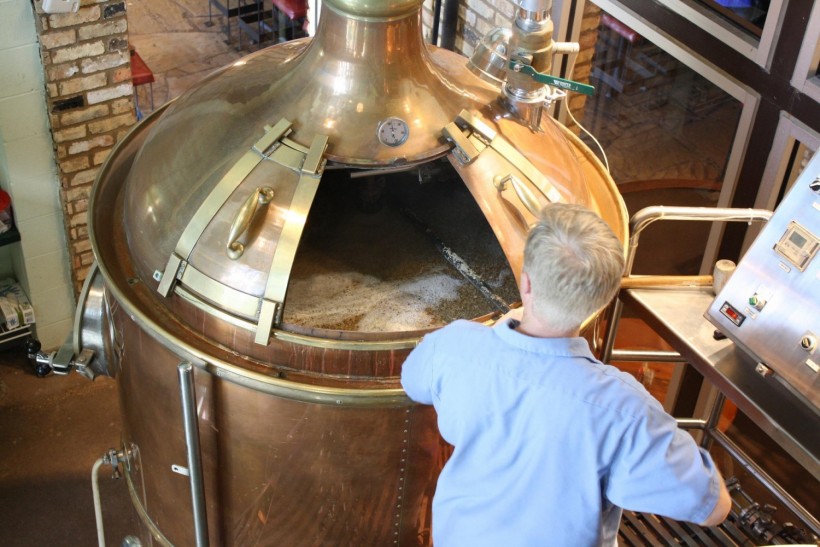Javier Carvajal, an Ecuadoran bioengineer, discovered a 400-year-old yeast specimen thought to be the fungus of fortune. Since then, he has been able to revive it and use it to produce what is considered the oldest beer in Latin America.

Beer brewing craft
Scientific Procedure in Extracting the Yeast
The discovery of the recipe for an elixir that was first brewed in Quito in 1566 was made possible by a single-cell microorganism isolated from a single wood splinter. According to Carvajal, the discovery is not just about the biological treasure but also the 400-year-old silent domestication of yeast that originated from a chicha and was collected from the local environment.
Chicha is a fermented corn beverage brewed by indigenous peoples of the Americas before Spanish colonization.
After removing a splinter, Carvajal used a microscope to discover a tiny yeast specimen, which he could revive after a protracted period of cultivation. Carvajal opens a tiny vial in his lab at the Catholic University of Ecuador that contains different strains of the yeast Saccharomyces cerevisiae.
Through the vague description of the Franciscan beverage that he read from an industrial journal, he could piece together the bits of information so he could revive the beverage. The beverage has cinnamon, fig, clove, and sugarcane.
In order to recover the yeast, which is largely responsible for the beverage's flavor, he had to carry out a work of beer archeology within the microbial archeology.
Historical Background of the Beer Yeast
According to AFP, Carvajal, who had previously recovered yeast from other sources, learned about the ancient Franciscan brewery in Quito while he read specialist beer magazines.
Before discovering a barrel from the previous brewery in 2008, he spent a year looking for it. The striking, three-hectare San Francisco Convent in Quito, now a museum, served as its home. Construction on the convent took place between 1537 and 1680.
Beer Making Using 400-year-old Yeast
After ten years of research and testing, Carvajal started making the beer at home in 2018, the pandemic thwarted his plans to sell it. He still hasn't determined his product's price or launch date.
He compares his work to intensive care on a molecular scale, centuries after the Franciscans domesticated yeast. He said that it is necessary to rebuild, fluidize, hydrate, and check to see if their vital signs return because they appear to be dormant and degraded over time, like dried seeds.
According to historian Javier Gomezjurado, who authored a book on Quito beverages, the San Francisco Convent brewery was the first brewery in Hispanic America.
According to Gomezjurado, it started producing in 1566, but there were only eight friars in the convent. The use of machinery in the brewing industry led to the disappearance of old recipes. In 1970, the brewery was closed.
Resurrecting the yeast and the traditional techniques used to create the ancient recipe was merely a labor of love for Carvajal because he believed in the value of the intangible.
RELATED ARTICLE: Non-Alcoholic Beer That Tastes Like the Real Deal Finally Discovered By Producing Molecules That Provide a Hoppy Flavor
Check out more news and information on Technology in Science Times.














